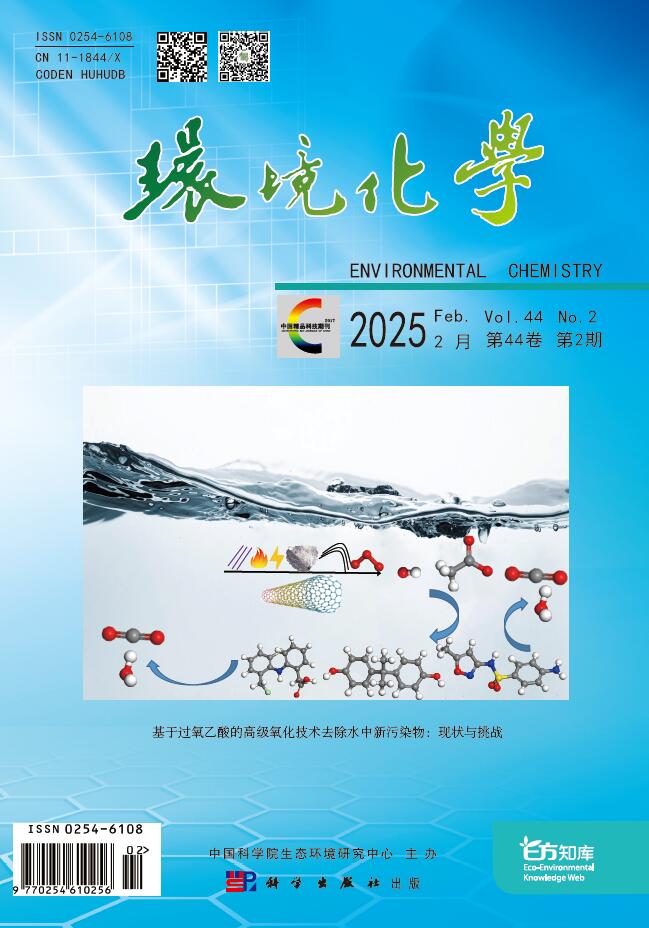ASSESSMENT MODEL FOR VOLATILIZATION BY ORGANIC COMPOUNDS IN GROUNDWATER
- Received Date: 20/12/2006
-
Key words:
- VOC /
- groundwater /
- volatilization factor /
- model
Abstract: The volatilization of VOC from groundwater into ambient air includes three processes: migration in unsaturated zone, molecular diffusion in viscous sub-layer, mixing and transportation in ambient air. With analysis of the migration mechanism of VOC in these three processes, a mathematical model is developed to calculate the volatilization factor of VOC volatilizing from groundwater into air under evaporation or infiltration.The effect of evaporation or infiltration on volatilization factor can be analyzed with this model, which is helpful to assess health risk caused by the volatilization of VOC in groundwater. With two representative VOCs of 1,2,4-trichlorobenzene and tetrachloroethylene, their volatilization factors are calculated in sandy soil and clayey soil respectively. The results show that the evaporation strengthens volatilization but the infiltration weakens volatilization. The effect of evaporation or infiltration on volatilization is relative obvious to both semi-volatile 1,2,4-trichlorobenzene and volatilizable tetrachloroethylene. Under evaporation, the effect of unsaturated zone soil properties on volatilization factor is tiny; but under infiltration, that become more obvious. Furthermore, if the unsaturated zone soil is clay, the variation of volatilization factor of VOC induced by evaporation or infiltration is more significant.





 DownLoad:
DownLoad:
